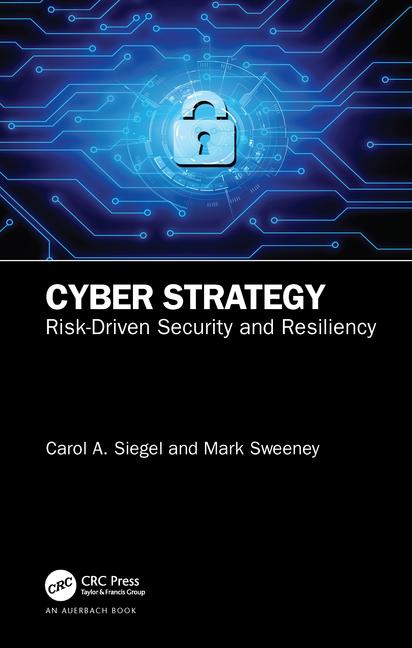Report Finds Low Confidence in IoT Device Security by Consumers Living in Connected Homes

A new report reveals that consumers have low confidence in the security of their IoT devices and are willing to pay extra for security to safeguard the connected home.
The Telco Security Trends Report report also highlights a strong opportunity for ISPs to deliver on-target cybersecurity services to their subscribers at the network/router level.
The report's findings include:
- There is an average of 8.4 connected devices per home, with smartphones and tablets making up the majority of that number, expanding the attack surface for hackers
- Half (50 percent) of the respondents are aware of threats to their IoT devices and only 20% of respondents are unequivocally satisfied with the built-in security of connected devices
- The top three consumer concerns around IoT device security issues are loss of privacy (28 percent), over-reliance on technology (26 percent), and cyberattack (22 percent)
- Seventy-four percent (74%) of consumers report awareness of and concern about connected toys that could be hacked and used to spy on and communicate with children
- Seventy-two (72%) percent of respondents are willing to pay a monthly fee, averaging $5.26, for security services
Continued IoT market growth is forecast for the remainder of 2018, with Gartner analysts estimating the market value to reach one trillion US dollars. The Telco Security Trends Report reveals that ISPs are positioned to benefit from this growth by leveraging their direct relationship with subscribers to deliver their own branded security services from within their own networks.
“This report provides a closer look at the true concerns of consumers using IoT devices and reveals some stunning facts. For example, when asked from whom consumers would buy security services, 73% of respondents expressed a preference. Of these, only 22% preferred their ISP, the second brand of choice when compared with three leading security brands and a fourth “other” brand,” said Ronen Priel, vice president product and strategy at Allot. “ISPs have the unique opportunity to educate their subscribers directly about the benefits of network-delivered security and the limitation of end-point devices on which AV software cannot be uploaded, giving residential IoT products and services an additional boost and positioning service providers to become the consumer’s security supplier of choice.”
Looking for a reprint of this article?
From high-res PDFs to custom plaques, order your copy today!








